
Effluent Treatment Plants (ETPs) are critical in the textile industry, particularly in Bangladesh, where the industry is a significant contributor to the economy. ETPs are designed to treat wastewater produced by textile manufacturing processes before it is discharged into the environment. This treatment is essential for reducing pollution and ensuring compliance with environmental regulations.
How Bangladesh's Textile Industry is Being Revolutionized by ETP Plants
Importance of ETP Plant in
Textile Industry of Bangladesh
Effluent Treatment Plants (ETPs) are playing a crucial role in revolutionizing the textile industry in Bangladesh by addressing the significant environmental challenges posed by this sector. Here are several ways in which ETPs are making a transformative impact:
Environmental Compliance and Sustainability
ETPs are essential for ensuring that textile factories comply with local and international environmental regulations. By treating wastewater before it is discharged, these plants help to reduce pollution in rivers and other water bodies, thus preserving aquatic ecosystems and reducing the health risks to nearby communities.
Improvement of Water Quality
The textile industry is known for producing large volumes of wastewater containing dyes, chemicals, and heavy metals. ETPs treat this wastewater to remove contaminants, thereby significantly improving the quality of water being released back into the environment. This helps in maintaining the overall quality of water resources in Bangladesh.
Resource Recovery and Reuse
Modern ETPs often incorporate technologies that enable the recovery and reuse of water and chemicals from the wastewater. This not only reduces the consumption of fresh water and raw materials but also lowers operational costs. Some advanced ETPs can treat wastewater to a level where it can be reused in the production process, thus creating a more sustainable cycle.
Reduction in Health Hazards
By effectively treating industrial effluents, ETPs help in mitigating the health risks associated with exposure to hazardous chemicals. This is particularly important in densely populated areas where untreated wastewater can contaminate drinking water sources, leading to various health issues.
Economic Benefits
Investing in ETPs can lead to long-term economic benefits for textile manufacturers. Compliance with environmental regulations can open up new markets, especially in countries with strict environmental standards. Additionally, companies that demonstrate a commitment to sustainability are often viewed more favorably by consumers and investors.
Innovation and Technology Adoption
The push for better environmental practices has driven innovation in the treatment technologies used in ETPs. Bangladesh's textile industry is increasingly adopting advanced technologies like biological treatment, membrane filtration, and zero-liquid discharge systems. These innovations are setting new standards in wastewater treatment and can be shared across the global textile industry.
Corporate Social Responsibility (CSR)
ETPs contribute to the corporate social responsibility initiatives of textile companies. By actively reducing their environmental footprint, these companies enhance their reputation and build trust with stakeholders, including customers, regulators, and the local community.
Compliance with International Standards
Many international buyers require their suppliers to meet specific environmental standards. ETPs enable Bangladeshi textile manufacturers to comply with these standards, thus maintaining and expanding their access to global markets.
Training and Capacity Building
The implementation of ETPs necessitates the training and development of skilled personnel to operate and maintain these plants. This contributes to the overall capacity building within the industry, fostering a workforce that is knowledgeable about environmental management and sustainable practices.
Promotion of Green Industry Practices
The successful implementation of ETPs promotes a broader adoption of green industry practices in the textile sector. This includes energy-efficient processes, waste minimization, and the use of environmentally friendly materials, all of which contribute to the sustainability of the industry.
Effluent Treatment Plants are pivotal in transforming the textile industry in Bangladesh by fostering environmental sustainability, ensuring regulatory compliance, and promoting economic and social benefits. As the industry continues to grow, the role of ETPs in mitigating environmental impact and promoting sustainable practices will become increasingly critical, helping Bangladesh maintain its position as a leading textile exporter while safeguarding its natural resources and public health.

Challenges in Implementing ETP Plant
in Textile Industry in Bangladesh
Implementing ETP Plant in textile industry in Bangladesh faces several challenges, ranging from financial constraints to regulatory issues. Here are some of the key challenges:
High Installation and Maintenance Costs
- Initial Investment: The cost of setting up an ETP is significant. Many small and medium-sized enterprises (SMEs) in the textile sector may find it difficult to afford the initial capital expenditure required for installation.
Highly Polluted Effluent
- Textile factories can generate wastewater with high concentrations of pollutants like dyes, chemicals, and heavy metals. Treating this highly polluted effluent requires more sophisticated ETP technology, significantly increasing the challenges across all other aspects.
Lack of Technical Expertise
- Skilled Workforce: There is a shortage of skilled personnel capable of operating and maintaining ETPs efficiently. This technical gap can lead to suboptimal performance and frequent breakdowns.
- Training and Education: Continuous training programs are necessary to keep the workforce updated with the latest technologies and best practices in effluent treatment.
Regulatory and Compliance Issues
- Weak Enforcement: Despite regulations mandating the use of ETPs, enforcement is often weak. Corruption and lack of resources in regulatory bodies can lead to non-compliance.
- Complex Procedures: Navigating the regulatory landscape can be complex and time-consuming, deterring companies from investing in proper effluent treatment solutions.
Technological Limitations
- Inappropriate Technology: Many ETPs use outdated or inappropriate technology that may not be effective in treating the specific types of effluent produced by textile factories.
- Customization Needs: Each textile factory produces different types of waste, requiring customized ETP solutions. Developing tailored solutions can be technically challenging and costly.
Space Constraints
- Urban and Semi-Urban Locations: Many textile factories are located in densely populated areas where space is limited. Finding adequate space to install ETPs can be a significant challenge.
Financial Constraints
- Access to Credit: Small and medium-sized textile enterprises often have limited access to credit facilities, making it difficult to finance the installation and operation of ETPs.
- Return on Investment: The financial benefits of investing in ETPs are not immediately apparent, making it difficult to justify the expenditure to stakeholders focused on short-term gains.
Lack of Awareness and Commitment
- Environmental Awareness: There is a general lack of awareness about the environmental impact of untreated effluent among many textile manufacturers. This lack of awareness translates to a lack of commitment to invest in ETPs.
- Corporate Responsibility: Environmental responsibility is often not a priority for businesses focused on maximizing profits, especially in a highly competitive industry.
Supply Chain Pressure
- Buyer Requirements: International buyers are increasingly demanding sustainable practices, including proper effluent treatment. However, the pressure to keep costs low can make compliance challenging.
- Market Competition: Fierce competition in the textile industry forces companies to minimize costs, often at the expense of environmental considerations.
Energy Intensity
- High Energy Consumption: ETPs require a significant amount of energy to operate, adding to the overall production costs and contributing to the industry's carbon footprint.

Strategies to
Overcome Challenges
To address these challenges, a multi-faceted approach is necessary:
- Financial Incentives and Subsidies: Government and international bodies can provide financial assistance, subsidies, or low-interest loans to help textile companies install and maintain ETPs.
- Capacity Building: Training programs to develop technical expertise in effluent treatment and the operation of ETPs.
- Stronger Regulation and Enforcement: Strengthening the regulatory framework and ensuring strict enforcement to compel compliance.
- Technology Upgradation: Encouraging the adoption of advanced and more efficient effluent treatment technologies.
- Public-Private Partnerships: Collaborative efforts between the government, private sector, and non-governmental organizations to promote environmental sustainability in the textile industry.
- Awareness Campaigns: Increasing awareness about the environmental and health impacts of untreated effluent through education and outreach programs.
By addressing these challenges, the textile industry in Bangladesh can move towards more sustainable and environmentally friendly production practices.
Kingsley has completed a successful ETP at Ripon Knitwear Ltd. with the most feasible and suitable technology considering the different challenges at the facility. A brief case study is available here at the following link. The case study illustrates the diversity in ETP technologies and approaches within the textile industry in Bangladesh, emphasizing the importance of advanced treatment technologies, integrated treatment processes, and compliance with environmental guidelines to ensure sustainable industrial practices.
Initiatives by
Government and Industry
- Regulatory Framework: The Department of Environment (DoE) in Bangladesh sets guidelines and standards for wastewater discharge and monitors compliance.
- Financial Incentives: Government and international agencies provide financial support and incentives to encourage the adoption of ETPs.
- Capacity Building: Training programs and technical assistance are offered to build local expertise in ETP operation and maintenance.

Future
Outlook
The future of ETPs in Bangladesh's textile industry looks towards greater adoption of advanced technologies, stricter enforcement of environmental regulations, and increased collaboration between stakeholders to promote sustainable industrial practices. Advances in treatment technologies, such as membrane bioreactors and advanced oxidation processes, hold promise for more efficient and cost-effective wastewater treatment solutions.
Technology for a
Sustainable Future
Kingsley™ focuses on long term & sustainable future with a reliable technology.
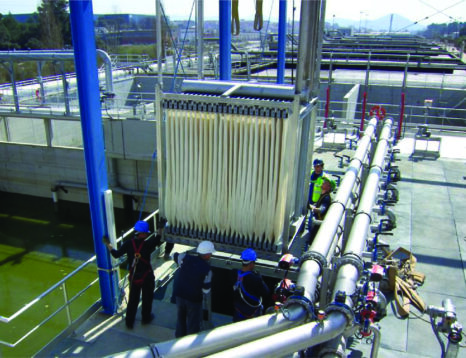
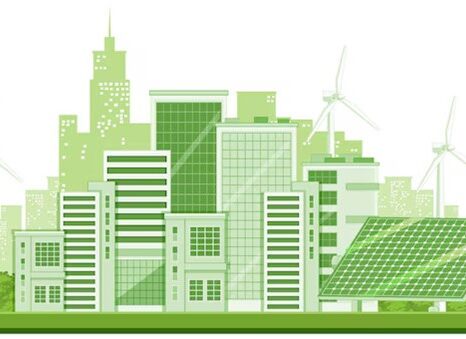




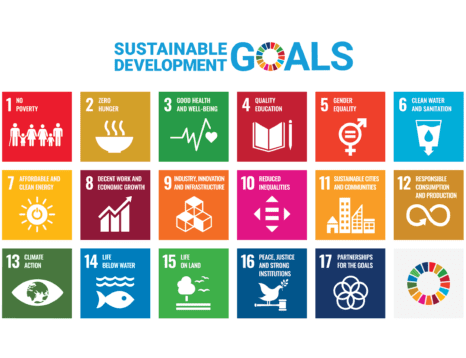



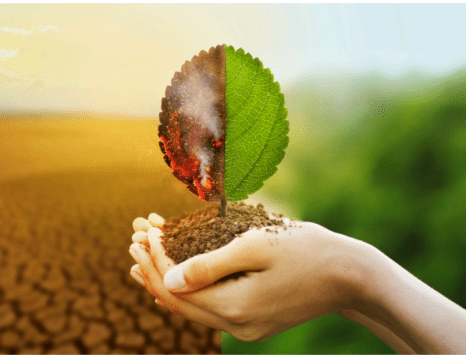
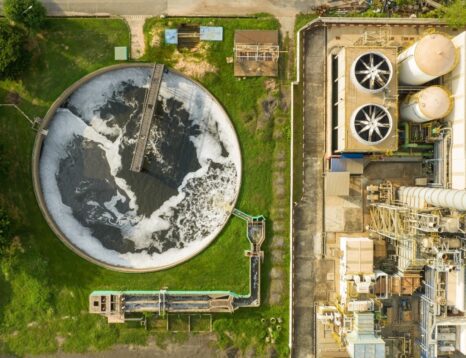

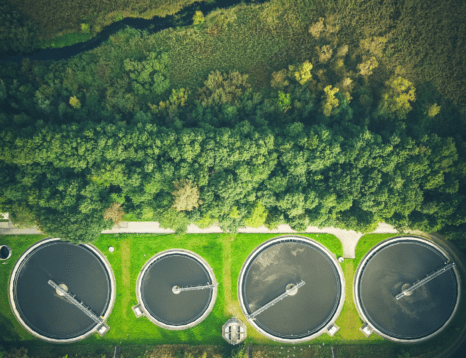
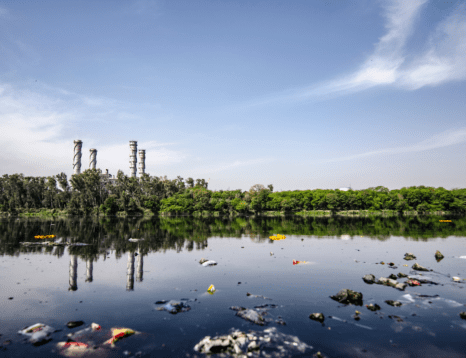

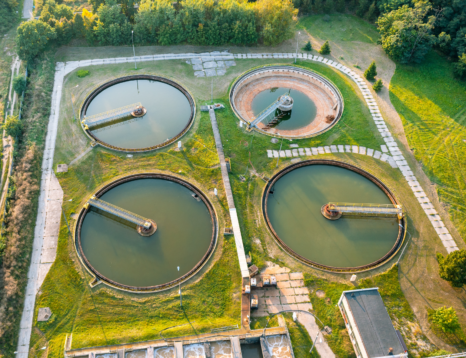
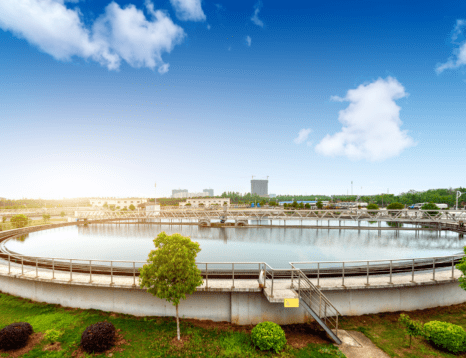
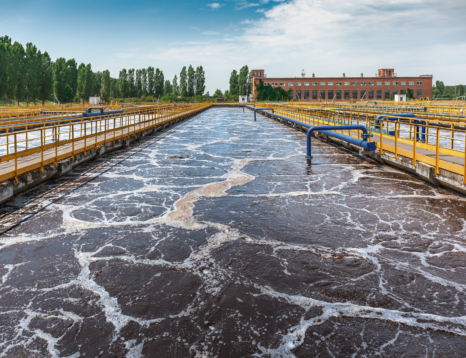
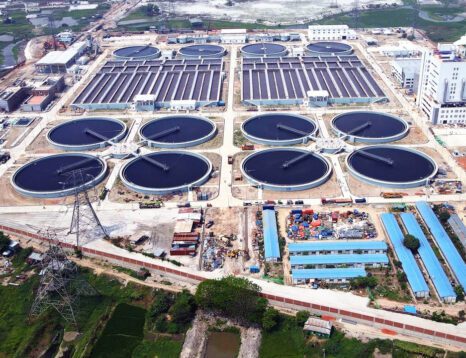
You must be logged in to post a comment.